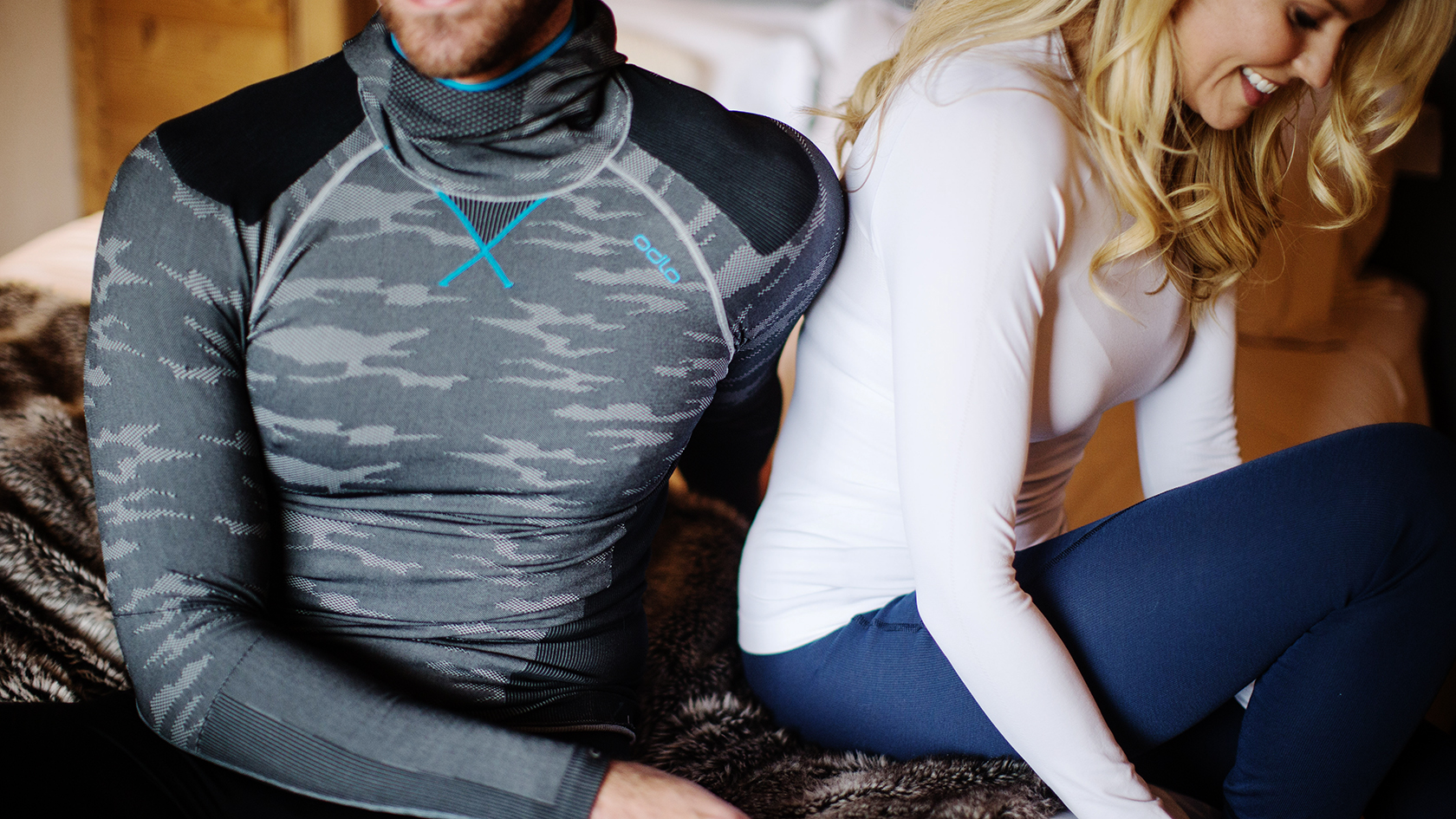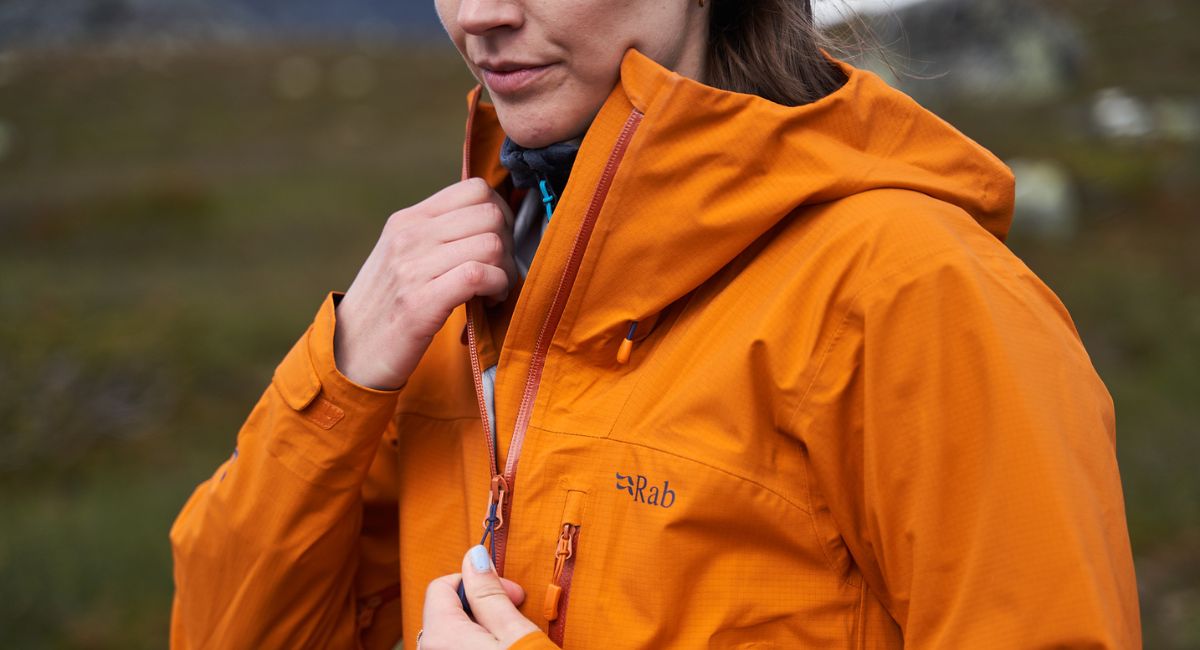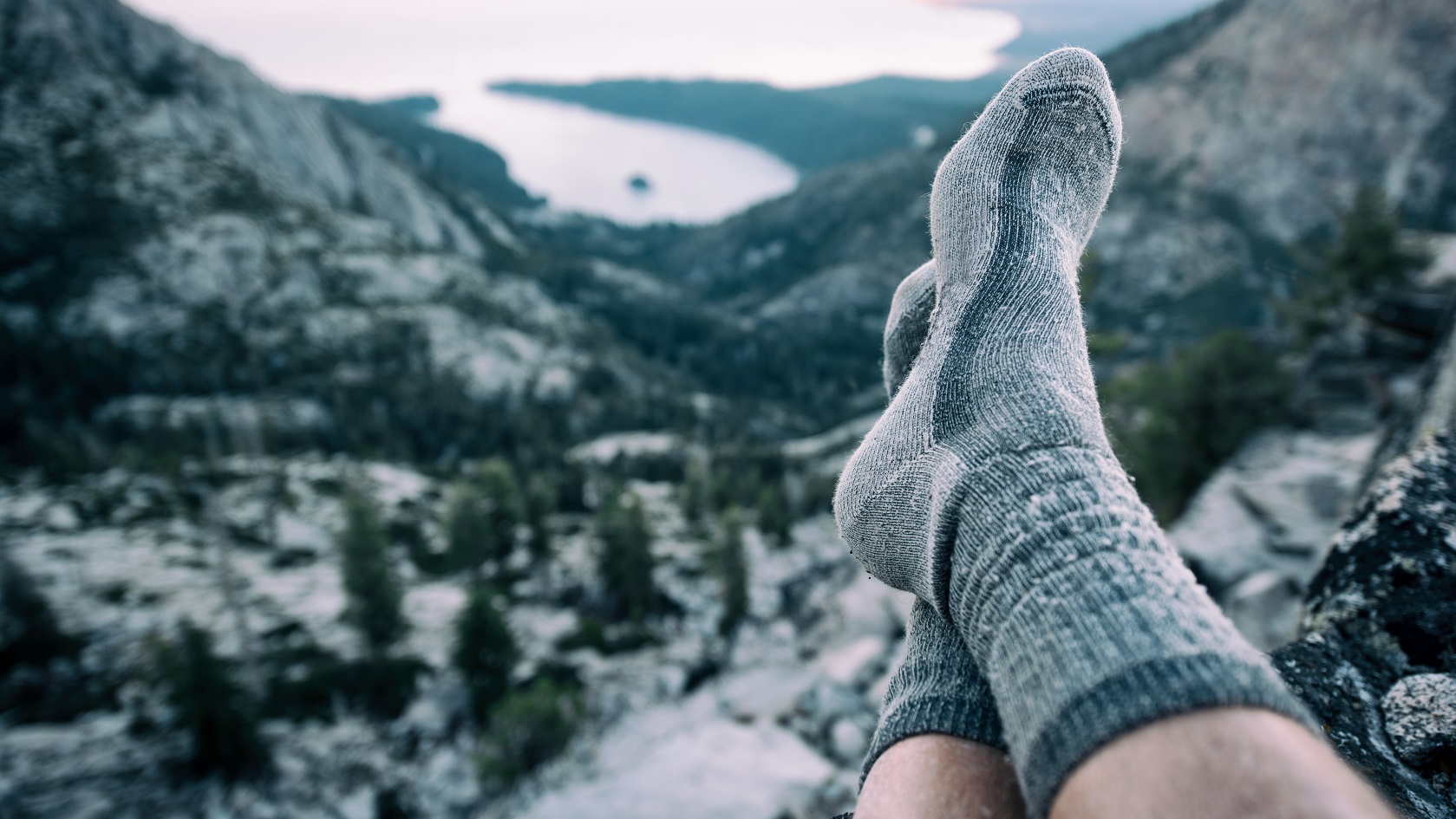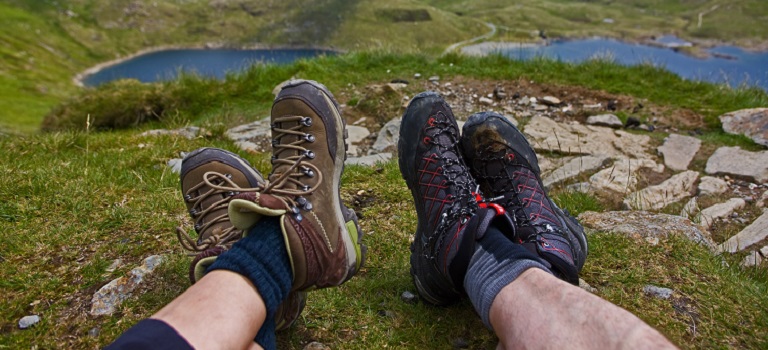What Base Layer Should I Buy?
Base Layer Buying Guide
What is a Base Layer? A Base Layer is a layer worn next to your skin that provides an effective means of protecting your core temperature, helping to keep the surface of your skin dry, and reducing friction and chafing - all of which can improve your comfort, enjoyment, performance, and safety when adventuring outdoors. Base layers are vital because whether you're exercising in warm or cold conditions, the surface of your skin can undergo many changes very quickly. To help you choose the best base layer for your pursuit this season, we've compiled this expert guide on finding the perfect base layer for you.
Base Layer Materials
The materials and fabrics used in base layers are integral to the intended activity, climate, duration and intensity they were made to undertake. Ensure you pick the baselayer designed for you and your activities by taking a read of popular baselayer fabrics:
Tip: Synthetic base layers are particularly effective for high-paced activities where you are likely to get sweaty and need your layers to wick away moisture and dry fast.
Sourced from the Merino sheep, Merino Wool is a great base layer material. Extremely warm, brilliantly breathable, and oh-so-soft and comfortable against your skin, merino wool base layers are a fantastic choice for cold and warm climates. Merino wool is also naturally anti-bacterial, resisting odour even after multiple wears without washing.
Tip: Merino wool is fantastic for low-pace activities and cold climates. Its anti-bacterial qualities prove useful when laundering is not an option.
Some base layer manufacturers take a synthetic fibre and blend it with a natural fibre like merino wool. This process combines the beneficial qualities of both materials. The result is a hardwearing, quick-drying, breathable, and warm hybrid base layer. It is then possible to change the ratio of the blend until the quantities of each material are fine-tuned to suit a specific activity or climate.
Tip: Diverse and adaptable, hybrid base layers perform well as a single-wicking layer in warmer conditions.

Base Layer Features & Benefits
Once you know what material suits your needs, you can look at the features you want your base layer to have. From hot days to sub-zero mornings, discover the many ways base layers can keep us comfortable and protected:
Moisture Wicking
A base layer’s moisture-wicking capability relies on capillary action, where engineered fibres (e.g., polyester, merino wool) pull sweat away from your skin through microscopic channels. These channels, formed by yarns with noncircular cross-sections, create spaces for moisture to travel outward, where it evaporates. This process prevents sweat buildup, regulates body temperature, and reduces friction, keeping you dry during high-intensity activities like hiking or skiing. Synthetic fabrics excel in quick-drying performance, while merino wool adds natural odour resistance.
Why it matters:
Stay dry: Wicking prevents clamminess and hypothermia risks in cold weather.
Comfort: Reduces chafing and irritation by minimising skin contact with sweat.
Performance: Maintains optimal body temperature during exertion, whether climbing or trail running.
For cold climates, opt for merino blends; for intense sweat sessions, choose lightweight synthetics like Polartec® Alpha Always prioritise breathability and fit to maximise wicking efficiency.
Low Friction
As your base layer sits directly against your skin, smooth fibres and seam engineering minimise friction to prevent irritation. Fabrics like merino wool or synthetic blends (e.g., polyester-nylon) use ultrafine yarns and brushed interiors for a soft, glide-like feel. Flat-lock seams lie flush against the skin, eliminating raised edges that cause chafing during repetitive movements like hiking or running.
Seamless designs or strategic seam placement (e.g., avoiding shoulders, underarms, or flanks) further reduce hotspots, especially under rucksack straps or harnesses. For activities like skiing or mountaineering, tagless labels and laser-cut edges remove abrasive elements, while 4-way stretch fabrics move naturally with your body to limit rubbing.
Key Additions:
Fabric tech: Brushed interiors, ultrafine yarns, synthetic/merino blends.
Seam innovations: Laser-cut edges, tagless labels, seamless zones.
Activity-specific design: Shoulder/flank seam avoidance for pack users.
Stretch benefits: 4-way stretch reduces restriction and friction.
Ventilation
When working hard in warm conditions, a gentle through-flow of air is essential for comfort. Zip necks allow customisable ventilation, letting you regulate airflow as exertion levels change. Mesh panels under the arms or along the spine enhance breathability, while perforated fabrics in high-sweat zones (e.g., chest, back) channel moisture outward and invite cooling air in.
Aerated designs like grid-knit patterns or 3D spacer fabrics create micro-channels that promote consistent airflow, preventing overheating during activity and chilling during rest. Half-zip designs offer mid-layer compatibility, while vented side seams or gusseted underarms reduce clinginess.
For high-intensity pursuits like trail running, look for laser-cut vents or hybrid fabrics (e.g., merino-polyester blends) that balance wicking and breathability. These features maintain a stable microclimate, keeping you dry and comfortable in variable conditions.
Key Additions:
Fabric tech: Grid-knit/3D spacer fabrics, hybrid blends.
Design features: Mesh panels, laser-cut vents, gusseted underarms.
Activity-specific benefits: Trail running, hiking in humid climates.
Microclimate regulation: Prevents post-activity chill.
Breathability
Breathability refers to a material’s ability to let sweat vapour escape through its fibres, preventing moisture buildup. Unlike ventilation (airflow), breathability works at the microscopic level: hydrophobic synthetic fibres (e.g., polyester) resist absorbing water, allowing vapour to pass through their structure and evaporate quickly. In contrast, non-breathable materials trap vapour like condensation on a window, leaving you clammy and chilled.
Key factors enhancing breathability:
Moisture-wicking tech: Fibres with capillary action pull sweat to the outer layer.
Open-knit weaves: Create gaps for vapor to escape, common in grid patterns or 3D spacer fabrics.
Material composition: Synthetics like polyester or nylon dry faster than natural fibres, though merino wool balances breathability with odour resistance.
Why it matters:
Stay dry: Breathable baselayers prevent sweat saturation, reducing hypothermia risks in cold weather.
Comfort: Avoid the “boil-in-the-bag” effect during high-intensity activities like trail running or skiing.
Performance: Maintain a stable body temperature, whether climbing or hiking in humid climates.
For cold conditions, opt for merino blends that insulate while breathing; for intense sweat sessions, choose ultralight synthetics with mechanical stretch.
Weight
Baselayer weight directly impacts warmth and versatility. Lightweight (150-200gsm) fabrics excel in high-output activities (e.g., trail running), prioritising breathability and packability. Midweight (200-250gsm) balances insulation and mobility for hiking in cool climates. Heavyweight (250+gsm) suits static use in extreme cold but risks overheating during exertion.
Key considerations:
Activity intensity: Thin layers (e.g., Polartec® Power Grid) manage sweat during skiing climbs, while thicker merino wool insulates during rest.
Layering flexibility: Lightweight synthetics layer efficiently under shells, whereas heavyweight fleece-lined baselayers may restrict movement.
Climate adaptation: In sub-zero temps, pair a midweight merino base with an insulated mid-layer, avoiding bulk that traps sweat.
Pro tip: For mountaineering, use zoned construction-thicker panels on the core, thinner under arms-to optimise heat retention and breathability.
Accurate Fit
Baselayers should fit like a stretchy second skin, contouring closely to your body without restricting movement. A snug-but-not-constricting fit ensures seams lie flat against your skin, minimising friction and preventing chafing during dynamic activities like climbing or running. 4-way stretch fabrics enhance mobility, while flatlock stitching eliminates bulky seams that can cause irritation under rucksack straps or harnesses.
Key considerations:
Compression risks: Overly tight layers compress insulation, reducing warmth and restricting circulation. Look for articulated cuts at joints (elbows, knees) and tagless labels to avoid pressure points.
Excess fabric: Baggy baselayers trap cold air and create friction zones. Gusseted underarms and tapered hems maintain close contact, keeping warm air near your skin.
Activity-specific tailoring: Running-focused baselayers prioritise compression zones for muscle support, while hiking designs emphasise strategic ventilation panels to balance warmth and breathability.
Pro tip: Test fit with your mid-layer to ensure compatibility-avoid bunching or restricted arm movement.
Base Layers For All Occasions
Although base layers for the torso are the most common, the materials used and the theory involved are the same all over the body. For example, legs work hard and take up a large surface area, so base layer trousers and pants ensure they stay warm, dry and comfortable. In addition, gloves, headwear, and thermal pants can all keep you cool, comfortable, and your temperature regulated - so you can enjoy the comfort of a base layer everywhere.

Click below to discover more from our incredible range of bestselling base layers...
Base Layer FAQs
Base layers regulate body temperature by wicking sweat away from your skin, keeping you dry and warm. They reduce chafing and improve comfort during activities like hiking or skiing. Made from moisture-wicking materials like merino wool or synthetics, they’re the foundation of the layering system.
Merino wool offers natural odour resistance and breathability, ideal for multi-day trips. Synthetics (e.g., polyester) dry faster and excel in high-intensity activities. Choose Merino for low-output warmth, synthetics for sweat-heavy pursuits.
A snug, second-skin fit prevents cold air gaps and maximises moisture-wicking. Avoid tightness that restricts movement or looseness that traps air. Seams should lie flat to minimise chafing.
Cotton absorbs moisture, leaving you damp and cold. It lacks the wicking properties of Merino or synthetics, increasing hypothermia risks in cold conditions.
Lightweight (150-200gsm) suits high-intensity activities; midweight (200-250gsm) balances warmth for hiking; heavyweight (250+gsm) is for static use in extreme cold.
Yes! In mild conditions, wear moisture-wicking base layers solo. For variable weather, layer them under mid-layers and shells for adaptable insulation.
Seamless designs reduce chafing hotspots, ideal under packs or harnesses. Look for flatlock stitching if seams are present.
Yes! Lightweight, breathable synthetics wick sweat, keeping you cool. Look for mesh panels or perforated fabrics for airflow.
Base layers manage moisture and sit directly on skin. Mid-layers (e.g., fleeces) provide insulation and are worn over base layers.
Related articles

Let us know you agree to cookies
We use marketing, analytical and functional cookies as well as similar technologies to give you the best experience. Third parties, including social media platforms, often place tracking cookies on our site to show you personalised adverts outside of our website.
We store your cookie preferences for two years and you can edit your preferences via ‘manage cookies’ or through the cookie policy at the bottom of every page. For more information, please see our cookie policy.




